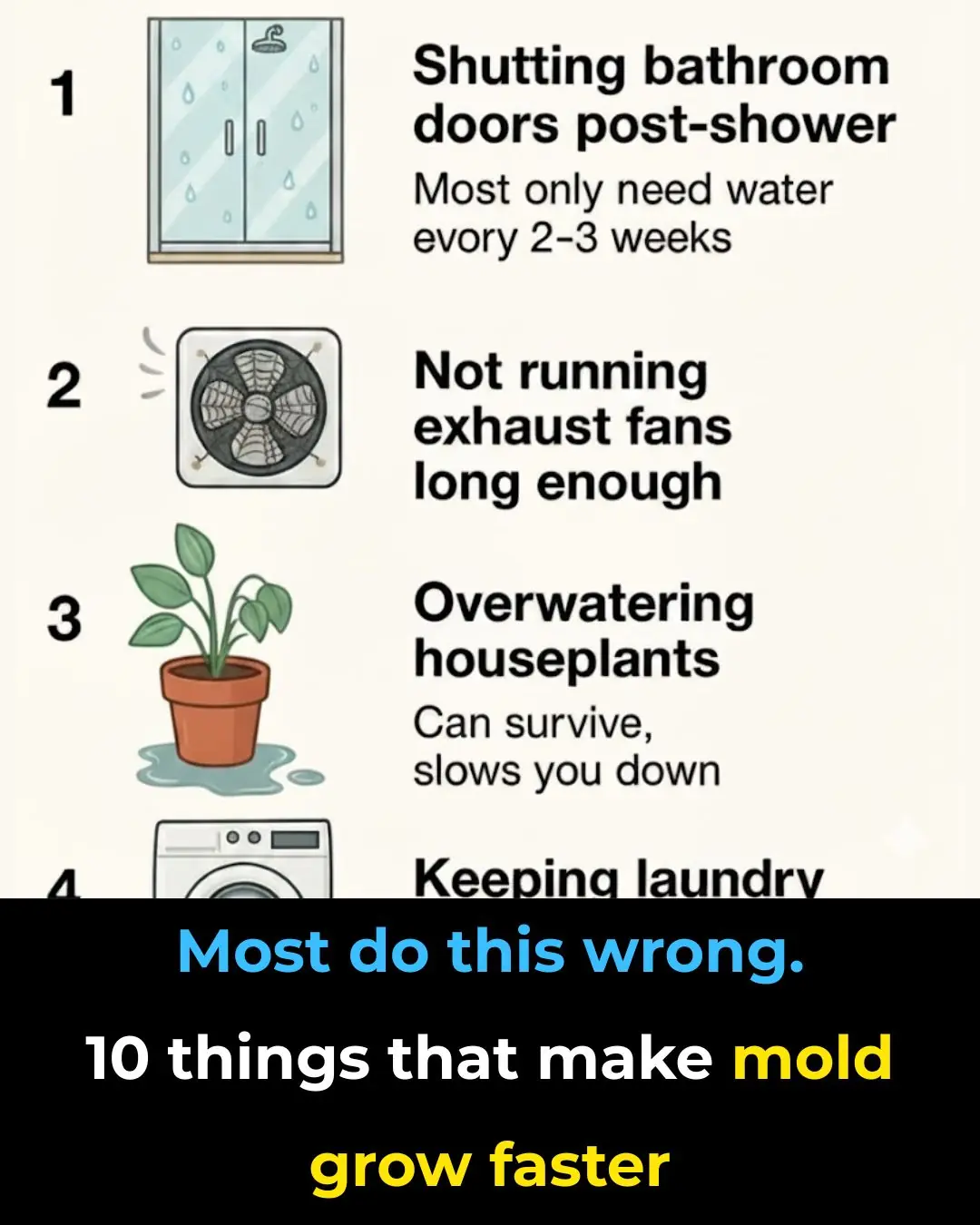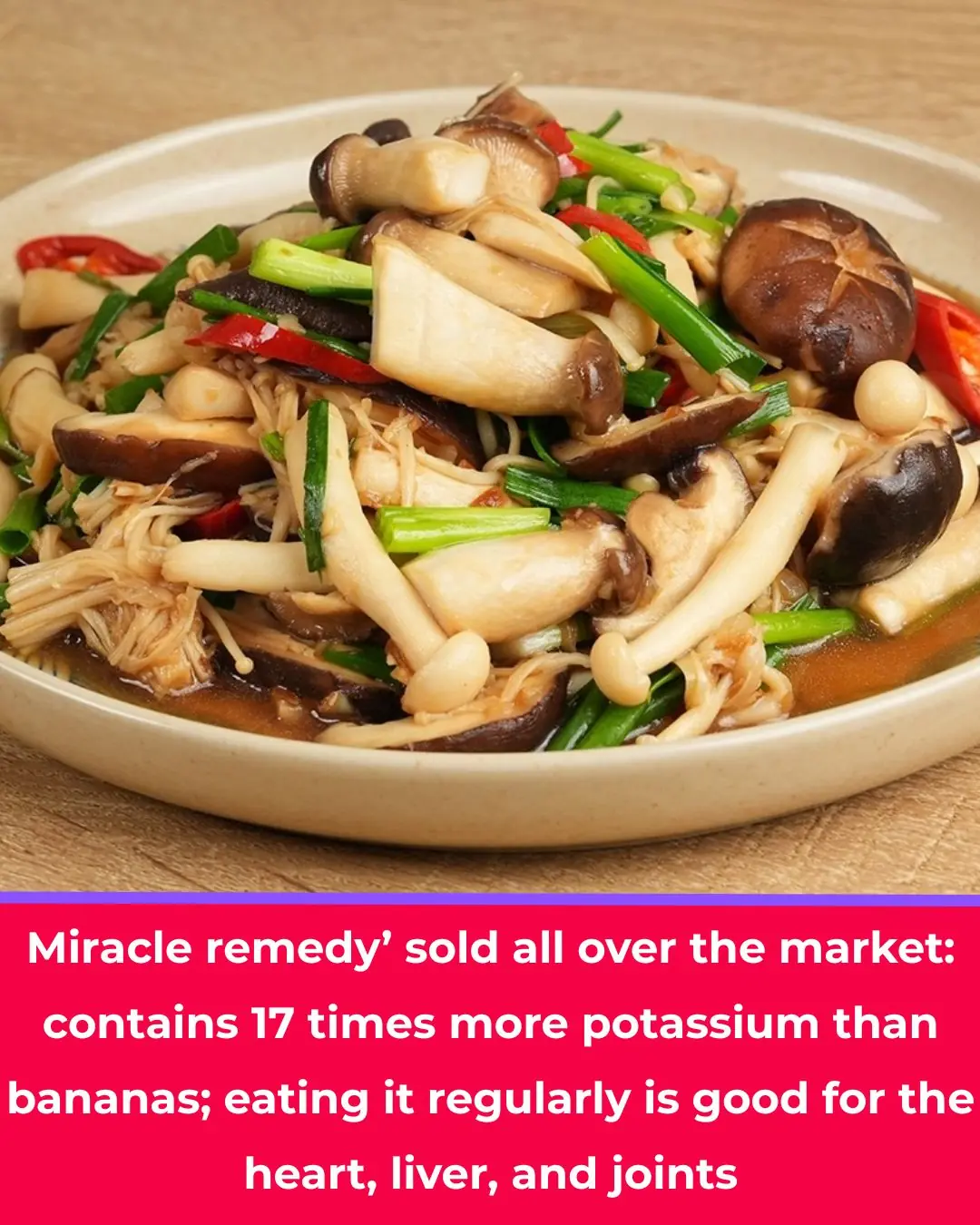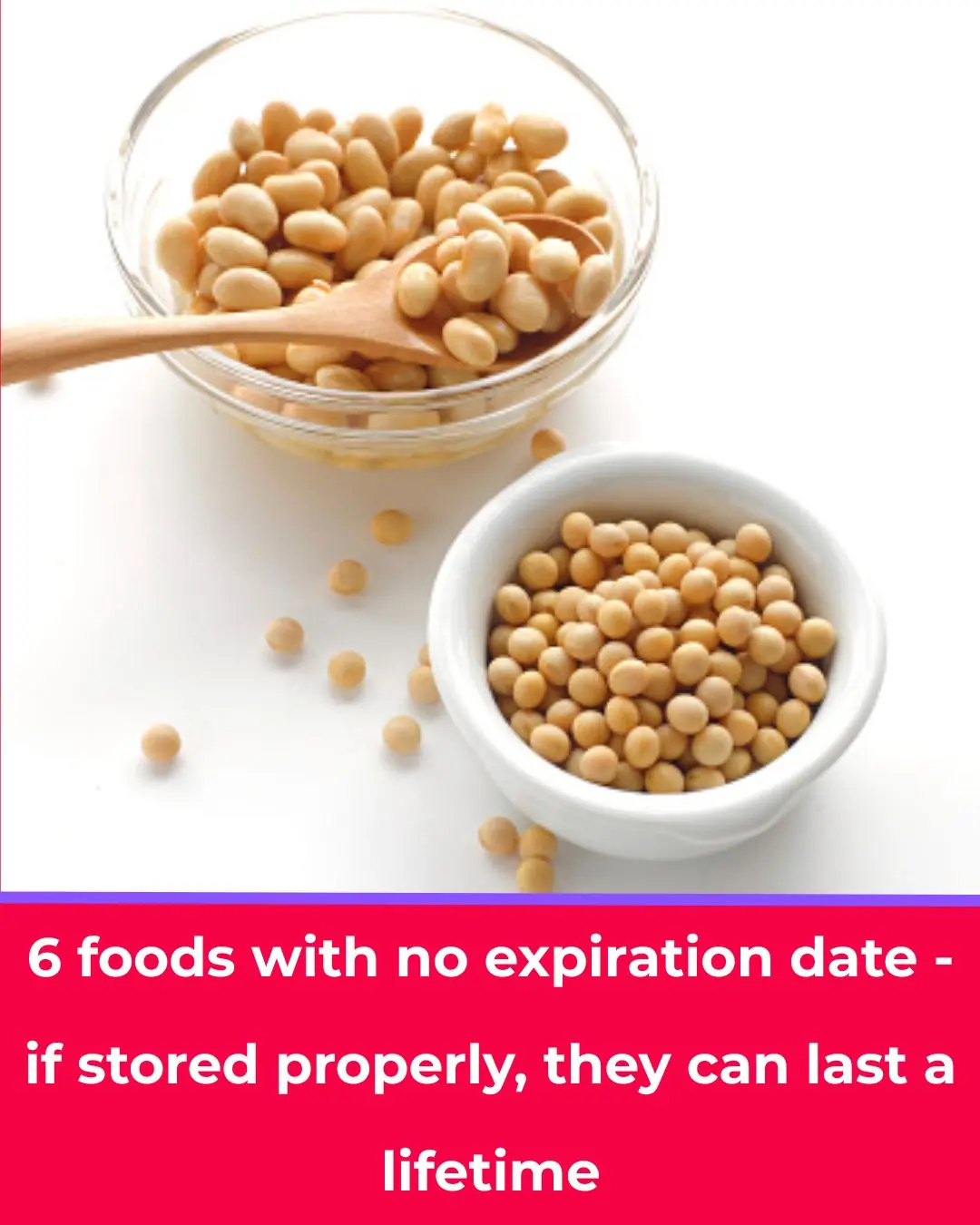Disturbing Reason Why Some People’s Skin Turns Red When Drinking Alcohol
Many of us are familiar with the warm, carefree feeling that comes after a drink or two — alcohol has long been known to lower inhibitions and relax the body. But what about that unexpected red flush that appears on some people’s faces after even just a sip?
If you’ve ever turned beet-red after a glass of wine, you’re not alone — and now, medical experts have explained exactly why it happens, and what it could mean for your health.
The “Alcohol Flush” Reaction Affects Millions
An estimated 540 million people worldwide experience facial flushing after consuming alcohol. While it might seem like a harmless side effect, experts say it can actually indicate a deeper issue with how your body processes alcohol.
What Causes the Redness?
When you drink alcohol, your liver gets to work breaking it down. Normally, it converts ethanol into acetaldehyde (a toxic compound), and then quickly into acetate, which is safer for the body to eliminate.
However, people with alcohol flush syndrome have a genetic variant that makes this second step slower. As a result, acetaldehyde builds up in the body — and that’s where the problems start.
This toxic buildup triggers a histamine response, leading to symptoms like:
- Flushed or red skin (especially the face)
- Increased heart rate
- Nausea
- Headaches
One of the most visible signs is dilation of the facial blood vessels, which creates a red or blotchy appearance — particularly noticeable on lighter skin tones.
Is It Dangerous?
Yes — and not just because of the redness. Acetaldehyde is a known carcinogen, and those with alcohol flush syndrome may be at higher risk of serious alcohol-related health issues, including:
- High blood pressure
- Esophageal cancer
- Liver damage
- Heart disease
Even short-term symptoms like rapid heart rate and dizziness can pose risks, especially if ignored.
Can You Prevent It?
Since alcohol flush is genetic, there’s no way to “cure” or completely prevent it — aside from avoiding alcohol. Some people try over-the-counter antihistamines, but these only mask the symptoms and don’t address the underlying risk.
Experts agree: limiting or eliminating alcohol intake is the safest and most effective option.
Why Some People Are Choosing Dry January — and Beyond
Many who experience flushing say it’s one of the reasons they participate in Dry January — a popular alcohol-free challenge. But the benefits go far beyond avoiding a red face.
Research from the University of Sussex found that people who took part in Dry January experienced:
- Improved sleep
- More energy
- Better focus
- Clearer skin
- Improved mental health
- Lasting benefits even six months later
Dr. Richard Piper, CEO of Alcohol Change UK, told Liverpool Echo:
“Dry January offers the opportunity for a total reset. Sleep better, have more energy, improve your mental health, and get brighter skin — all while saving money and feeling a great sense of achievement.”
Final Thoughts
If your skin turns red after drinking, your body may be sending you an important signal. While alcohol affects everyone differently, facial flushing is more than just a cosmetic issue — it’s a sign that your body isn’t breaking alcohol down properly, which could increase long-term health risks.
Even if you don’t experience flushing, the health risks of alcohol still apply. Liver disease, high blood pressure, and certain cancers are all linked to regular or heavy drinking.
The safest option? Listen to your body, limit your intake, and consider taking alcohol-free breaks like Dry January to reset your habits — and your health.
You’ve just read,Why Some People’s Skin Turns Red When Drinking Alcohol. Why not read Manager Had To Hire A New Employee.


























